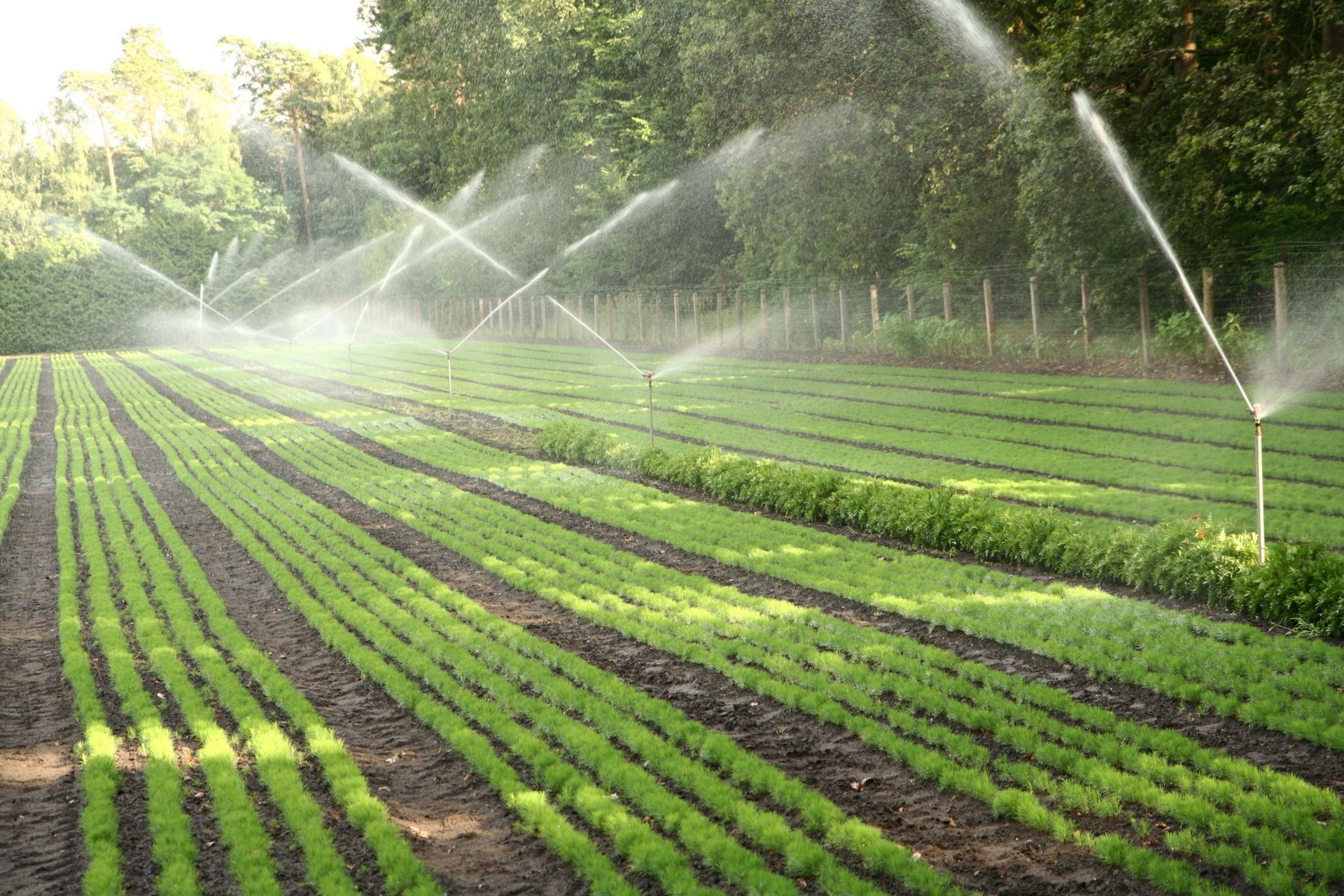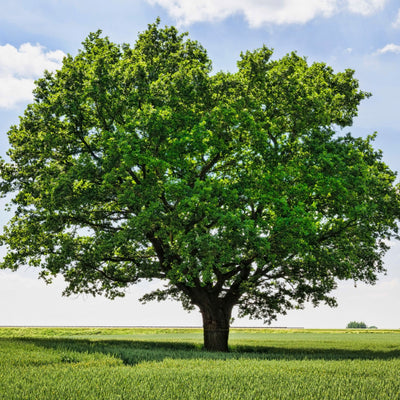Field-grown plants grow straight in the ground instead of in pots or containers. They become stronger, hardier, and better prepared for long-term settings because they grow in natural soil and outdoors. Homeowners and gardeners often choose plants that were grown in the field because they are easier to move and generally grow faster in their new spot. Many gardeners compare field-grown plants to container-grown plants and even plants grown in water, such as hydroponic varieties.
Field-grown plants, on the other hand, spend their early years outside in the wind, sunshine, rain, and changes in the soil. These real-life outside circumstances help them create stronger buildings and strong roots. Field-grown plants are great for making your yard seem better, planting trees for shade, or planning a new yard.
What Makes Field-Grown Plants More Resilient?
Field-grown plants are frequently stronger for various reasons. Their roots spread out on their own because they grow in open dirt. This makes a strong base for them and helps them settle strongly. These plants quickly adapt to their new environment because they are already accustomed to being outdoors all the time. Field-grown plants landscaping should use hardy, strong plants that establish quickly and require less maintenance to create a natural, lasting beauty.
Field-grown plants are compared to container-grown plants and plants grown in water, such as hydroponic types. Plants grown in water develop quickly in regulated environments, but lack soil-grown root strength. Field-grown plants are more robust for landscaping because they withstand true outdoor conditions, develop thicker roots, and adapt better after transplanting.
Here are the important things that make them so strong
1. Roots that grow deeply
Roots spread out in all directions in the ground to find water and food. That's why plants grown in the field are more stable and better able to handle drought or heavy rain. On the other hand, plants grown in pots sometimes get circling roots because there isn't enough room in the pot.
2. A natural place to grow
From the first day they are planted outside, field-grown trees have to deal with wind, sunlight, and changing temperatures. They grow thick stems, flexible branches, and deep roots in response to these natural stress factors. This is why they often do better in harsh weather after being moved.
3. Better conditioning of the soil
Plants grown in natural soil get bigger and better at absorbing nutrients. They don't need controlled planting mixes like many container grown plants do. This makes them easier to work with when they are grown in different areas.
4. Durability over time
Field-grown plants tend to live longer and do better with less care because they are hardy. This is very helpful for people who want Field-Grown Plants Landscaping but don't want to have to take care of it all the time.
Best Field-Grown Trees and Perennials to Consider
As you plan your garden, picking the right field-grown trees and plants can make your yard look better and last longer. These are great choices that grow well and offer many benefits.
1. Cardinal Flower
If you keep the earth wet, the Cardinal Flower will come back bright red every year. While some plants need to be grown in water or very damp conditions, this one does well in the field because it is used to living outside. Its bright color makes plants stand out, especially near water or in places that get little shade.
2. White oak tree
One of the best field-grown plants for long-term gardening is the White Oak Tree. It grows a strong taproot that helps it live for decades because it grows in open dirt. This tree provides your yard with shade, food for wildlife and lasting beauty. People know it for being strong and able to handle changes in the weather.
3. Sugar maple tree
People love the Sugar Maple because of its bright fall colors and strong growth. It is even more durable when grown in the field. It does well when the weather changes, and its roots spread out and get strong. This makes it great for places that need trees that will stay put and for big fields.
These plants show that foods grown in the field can be good for you in the long run. They stay strong, grow on their own and keep making open areas beautiful.
Field-Grown vs. Container-Grown- Key Differences
Field-grown plants have wide, natural root systems because they are in open dirt. container-grown plants, on the other hand, have smaller roots because they don't have as much room in the pot.
Strength Adaptability
Field-grown plants are exposed to true outside conditions from the start, making them more resilient, while container-grown plants sometimes need more time to acclimate.
Weather Tolerance
Field–grown plants can better withstand heat, cold, and wind because they are raised in the wild. The containers grown plants may struggle with sudden changes in the weather.
Cost and Value
Plants grown in the ground are usually cheaper in the long run than plants grown in containers because they grow faster and need less care.
Growth Rate
Plants grown in the field usually grow faster and remain healthier after being moved. The container-grown plants may take longer to settle in.
Maintenance Needs
Things grown in the field need less care after they are put than plants grown in containers, which may need more feeding and attention.
Performance in the Landscape
Plants grown in the field tend to last longer and make better landscape choices, while those grown in containers may need more time to become strong.
FAQ
What are field-grown plants?
Field-grown plants are grown in the ground, not in pots or other containers. They grow deep roots and do well in open places.
Are field-grown trees better for long-term landscaping?
Yes, because they have natural root systems, trees grown in the field generally adapt more quickly, grow stronger and live longer in those settings.
Do field-grown plants handle extreme weather better?
Yes. They are better able to handle heat, cold, wind, and heavy rain because they grow outside from the start.
How do I care for newly transplanted field-grown plants?
For the first few weeks, water them often and add mulch to keep the soil wet. Don't fertilize them too much. They need less care than many container plants once established.
Are field-grown shrubs more cost-effective?
Yes. They often cost less in the long run because they last longer, get bigger, and change with the land quickly.




